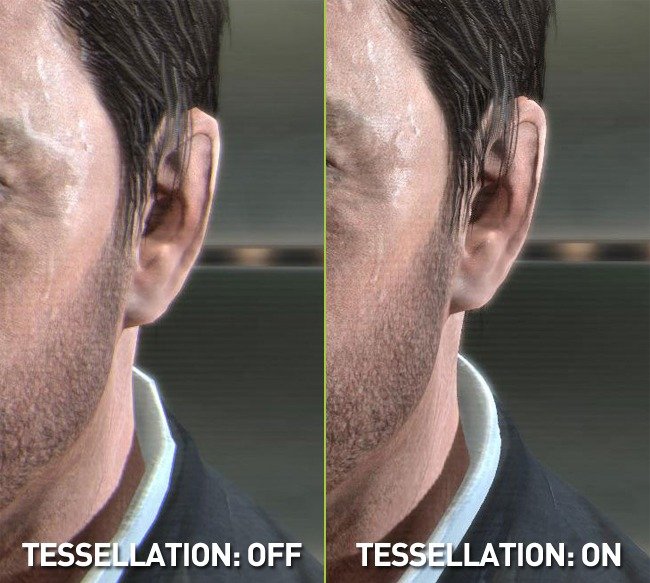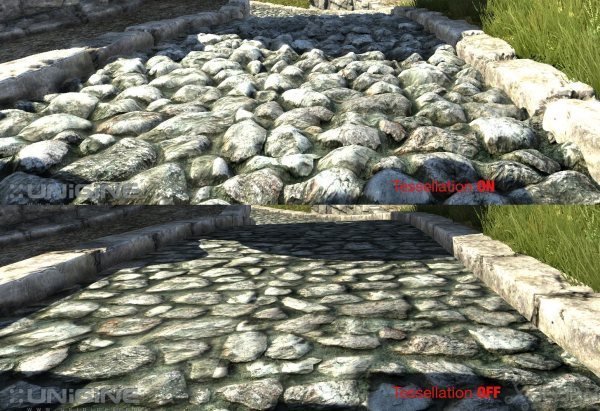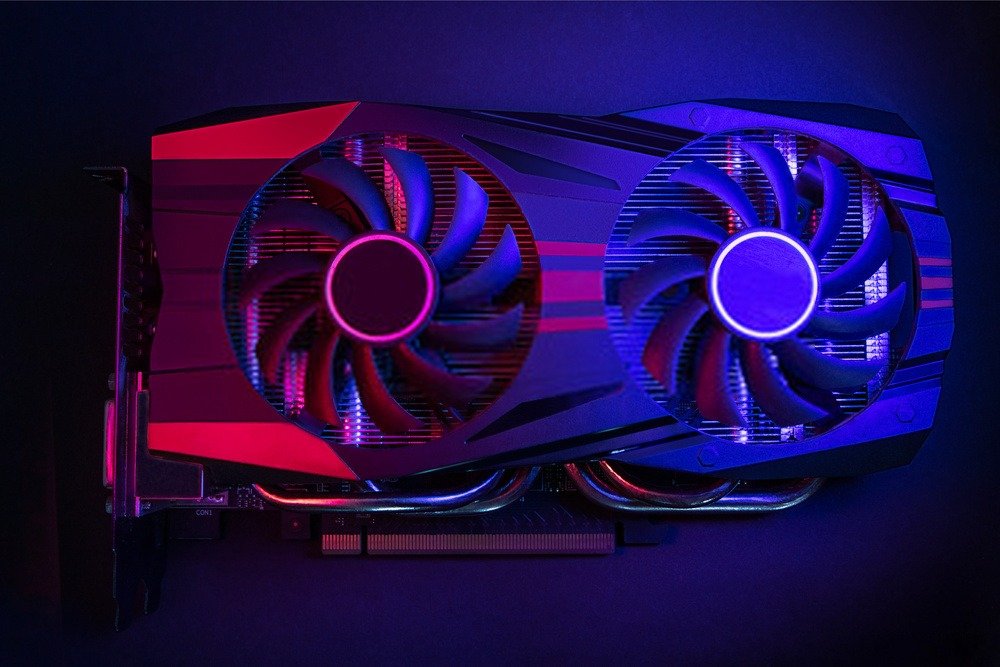Since the beginning of the PC gaming era, it has always been the same idea: obtaining the best possible image quality, while maintaining optimal display fluidity. And as you know, it's usually necessary to adjust the graphics options to find that perfect balance between the two.
Tessellation to improve PC gaming graphics

Some of these, such as antialiasing and anisotropic filtering, are absolutely essential to obtain a high quality image, and should only be disabled as a last resort. However, there is a whole series of other options with sometimes very mysterious names, which can nevertheless significantly impact the graphics of a video game .
If you've had the pleasure of playing GTA 5 or Metro: Last Light, perhaps you've noticed the presence of an option to enable tessellation . A little widening of the eyes and amazement of the assembly: sorry… the tessela-what? This is a technology that has been used by the biggest game development studios for years... and yet its function remains very difficult to understand!
This is why we are finally going to clarify what the tess is used for. It is a question of showing you what this option, once activated, brings to the games, and to what extent it will impact the image quality and the performance of your gamer PC.
What is tesslelation?

In its most elementary form, tessellation is a method that makes it possible to break down polygons into finer pieces. If you take for example a square and cut it diagonally, you have "tessele" this square in two triangles. These two triangles become eight. Then sixteen. And so on. Well used, this technology thus improves the smoothing of textures , and brings an additional amount of details.
Tessellation can be implemented in many ways. The simplest way is to limit it to the main character. Games like Hitman use this option very well to refine Agent 47's facial features, with softer, natural curves. Without tessellation, the outline of the ears, or even the top of the skull, appear angular and less credible. However, you have to look closely to notice the difference.
To refine and model in depth

Tesselation brings a change which can be a little more spectacular with the display of the decorations . Once the option is activated, this gives a new impression of depth and volume to objects, which can be very effective depending on how developers use it. Let's take the example of a stone wall: without tessellation, it is a simple flat texture which imitates as best it can the rough and irregular appearance of bricks.
By activating the tessellation option, the density of the triangles that make up this texture will dramatically increase and the result is immediate. Developers can play with these triangles, pushing them forward or, on the contrary, pulling them backwards, and thus give real shapes and roughness to the bricks.
Finally, the addition of plays of light and shading allows you to take full advantage of these volumes, and brings the final touch to the whole. You obtain a perfectly modeled wall with strikingly realistic depth details, which reinforce the player's immersion .
Tessellation will be demanding for your graphics card!

Obviously, you are certainly wondering the impact of this beautiful graphic option on display fluidity, and the general performance of your PC. There is indeed very little interest in activating it if it is done at the expense of the framerate and therefore, the pleasure of playing.
This option draws directly from your graphics card . Modern architectures from Nvidia, such as Maxwell and its successor Pascal, include dedicated tessellation units that allow independent processing of tessellated objects.
Let's be honest, the demand for resources will strongly depend on the selected game. A title like Hitman, which uses little tessellation, will require few resources. On the contrary, the Metro series games, which give pride of place to this option, will draw more on the graphics card. If you decide to enable it, it could impact general performance if your hardware is aging. To put it simply, it all depends on the game, the engine and the number of objects that the developers have chosen to “tessellate”.
To push your games to the maximum according to your means

In conclusion, tessellation is a good complement to your PC games and brings an additional touch of immersion. However, the differences can be difficult to spot depending on the title you are playing. You can safely disable this option to improve display quality. But if your machine is powerful enough and has a powerful graphics card, then why deprive yourself?




